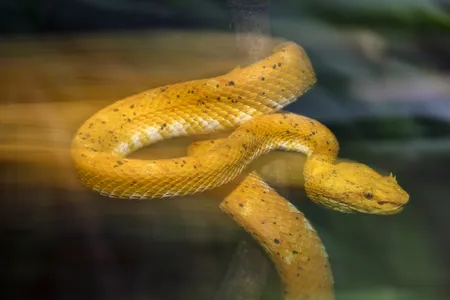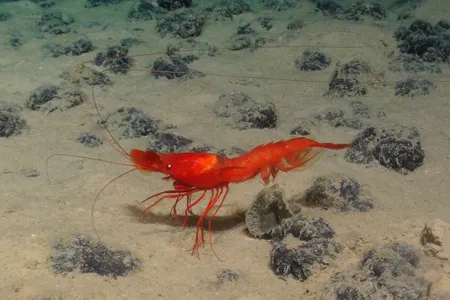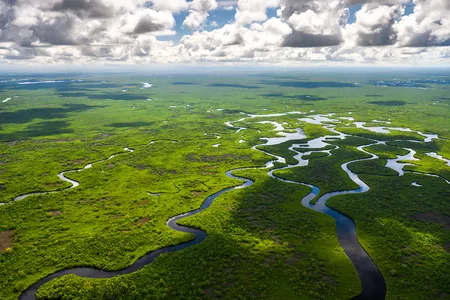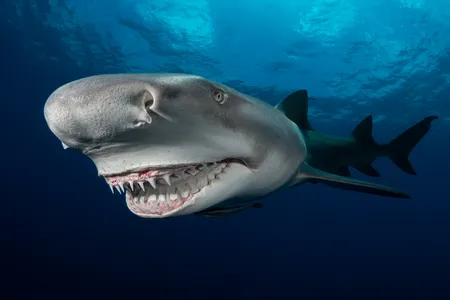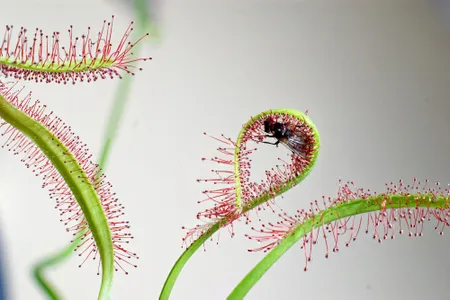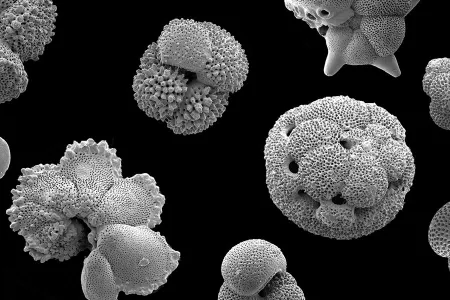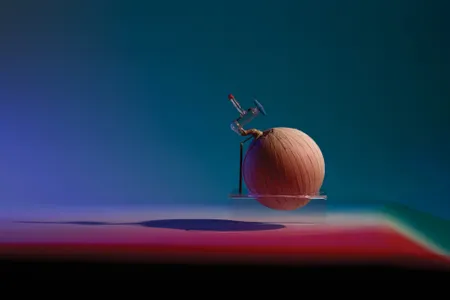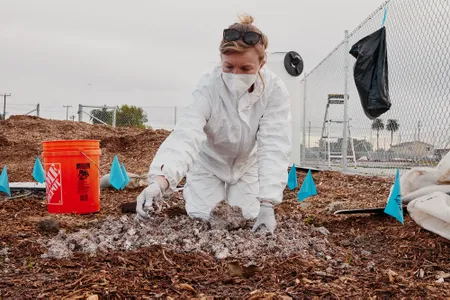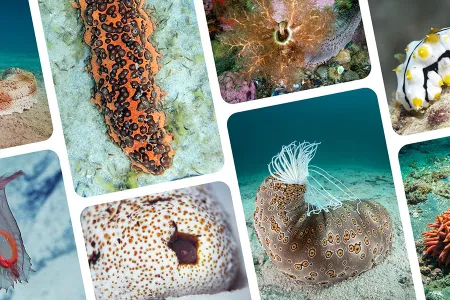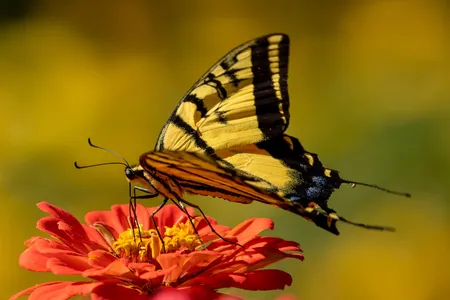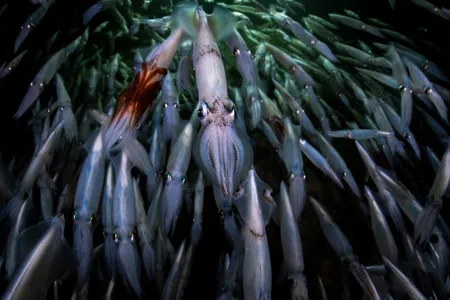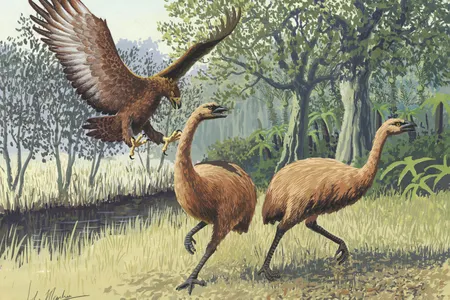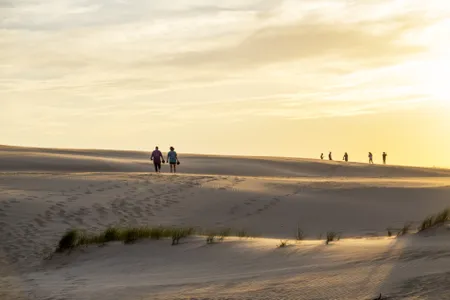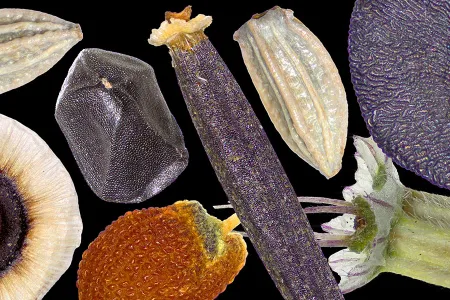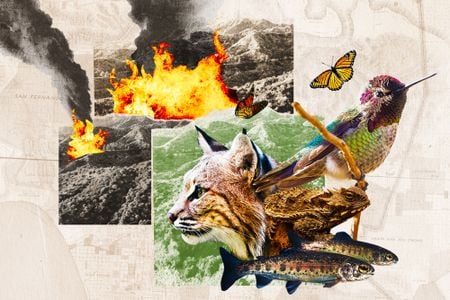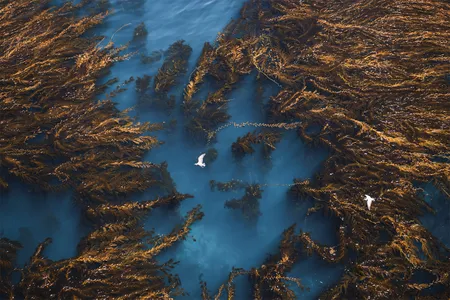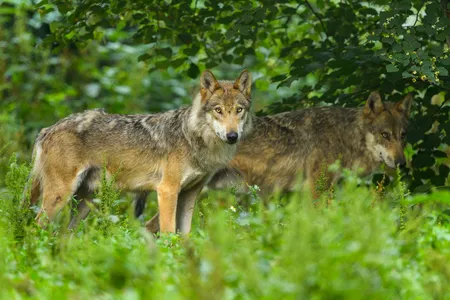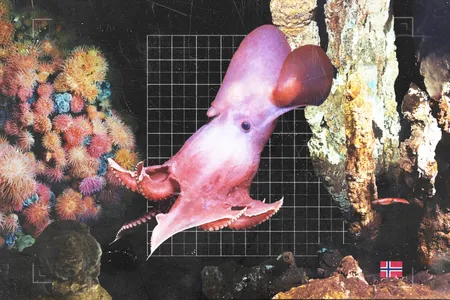Smithsonian Photo Contest Galleries
See 15 Photos of Sensational, Slithering Snakes
These reptiles often get a bad rap, but there are plenty of reasons to celebrate snakes
As Interest in Deep-Sea Mining Grows, Scientists Raise Alarms About the Possible Ecological Consequences
Gathering minerals such as nickel, cobalt, manganese and lithium from the seabed could affect everything from sponges to whales. The long-term effects of these extractions remain uncertain
Seven Mysteries You Can Explore in America’s National Parks
From unexplained phenomena to baffling disappearances, follow the clues while discovering our country’s treasured protected areas
Smithsonian Photo Contest Galleries
Celebrate the 50th Anniversary of ‘Jaws’ With 15 Shark Snapshots
The classic thriller might discourage you from getting in the water, so check out these sensational shark images from the Smithsonian Magazine Photo Contest instead
Scientists Are Just Beginning to Understand How Life Makes Clouds, and Their Discoveries May Drastically Improve Climate Science
Plants, plankton and sea spray all release elements that help the atmospheric blankets form
Carnivorous Plants Have Been Trapping Animals for Millions of Years. So Why Have They Never Grown Larger?
Plants that feed on meat and animal droppings have evolved at least ten times through evolutionary history
These Tiny, Beautiful Fossils Detail the History of the Ocean
Bountiful remains of foraminifera reveal how organisms responded to climate disturbances of the past
This Simple but Ingenious Instrument Helped the World Measure Carbon Dioxide Levels in the Atmosphere
Scientist Charles Keeling’s invention had a profound effect on scientists’ understanding of the severity of the climate change crisis
Can Scientists Harness the Magic of Mushrooms to Clean Up Polluted Landscapes?
Researchers and grassroots activists are working with fungi to restore damaged environments
Welcome to the Weird and Wondrous World of Sea Cucumbers
These spiny or slimy ocean creatures display an astonishing diversity of appearances, behaviors and lifestyles—and many are increasingly threatened
Smithsonian Photo Contest Galleries
Be Blown Away by These 15 Images of Beautiful Butterflies
These shots from the Smithsonian Magazine Photo Contest show just why butterflies have floated into our hearts
In Order to Unravel the Many Mysteries of Squids, Scientists Dive Into Their Mating Frenzies
Marine biologists hope to find out more about a creature that is vital to a healthy ecosystem and the state’s fishery
Why Have Birds Never Gotten as Big as T. Rex?
Even the most massive birds have never reached the sizes of their dinosaur relatives
How an Indomitable Environmental Activist Saved the Outer Banks From Impending Development
Fifty years ago, Carolista Baum passionately fought to create Jockey’s Ridge State Park, an unusually biodiverse ecosystem of dunes, thickets and marshes
To Safeguard Threatened Plants, Scientists Must Master the Tricky Art of Seed Banking
Researchers are working to unravel the hidden biology of often-persnickety seeds as they age, sleep and awaken
Looking Back on the L.A. Wildfires Through the Lens of Two Photographers
As wildfire becomes an increasingly lethal force that’s remaking broad swaths of California, people and animals alike are in the hot seat
What Free Diving in a Kelp Forest Taught Me About an Overlooked but Incredibly Valuable Ecosystem
A photographer shares the epiphanies she has had while chronicling underwater jungles off the California coast
Why Have European Wolves Recovered So Much in the Past Decade?
The predators have increased by almost 60 percent on the continent
Making Ride Hailing, Bike Shares and Other Transportation Options Accessible to All
Shared mobility is good for the environment, but not equal opportunity. What can be done to make travel easier for everyone?
As Norway Considers Deep-Sea Mining, a Rich History of Ocean Conservation Decisions May Inform How the Country Acts
In the past, scientists, industry and government have worked together in surprising, tense and fruitful ways
Page 1 of 102
